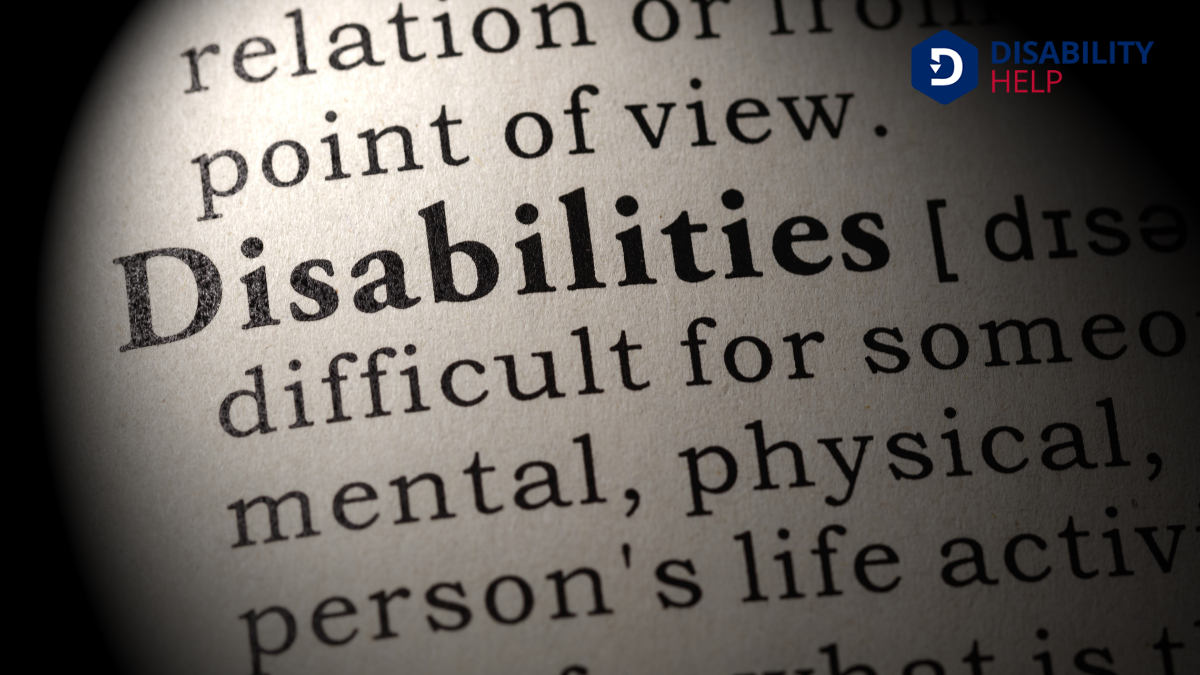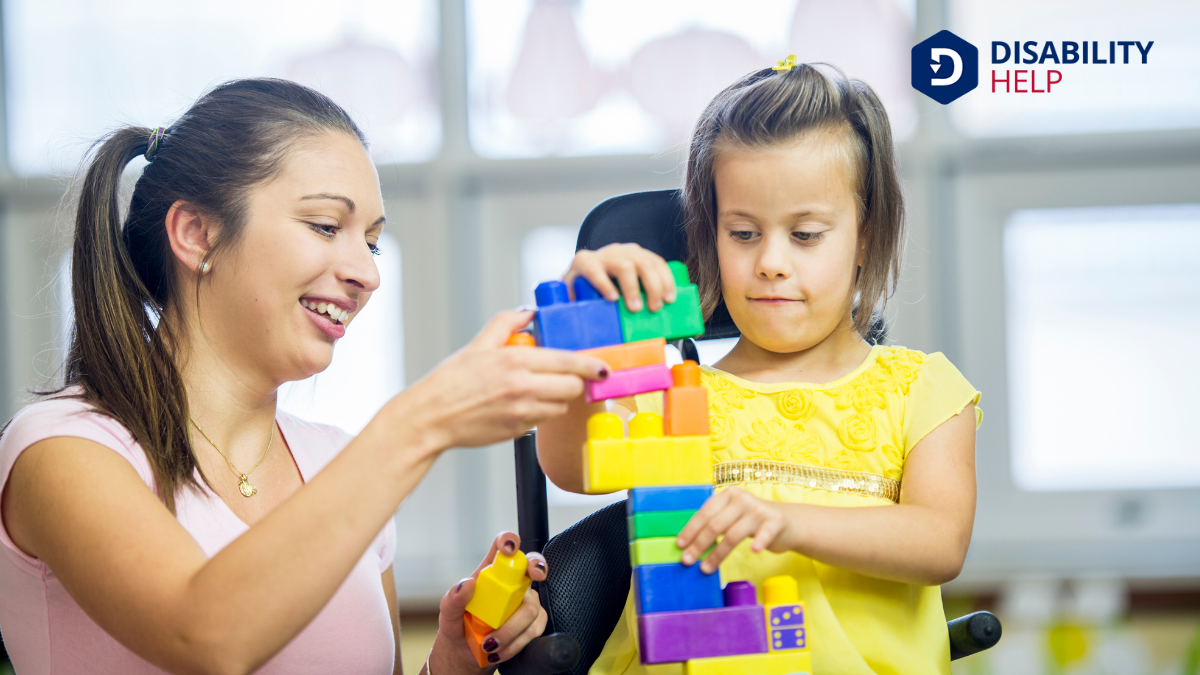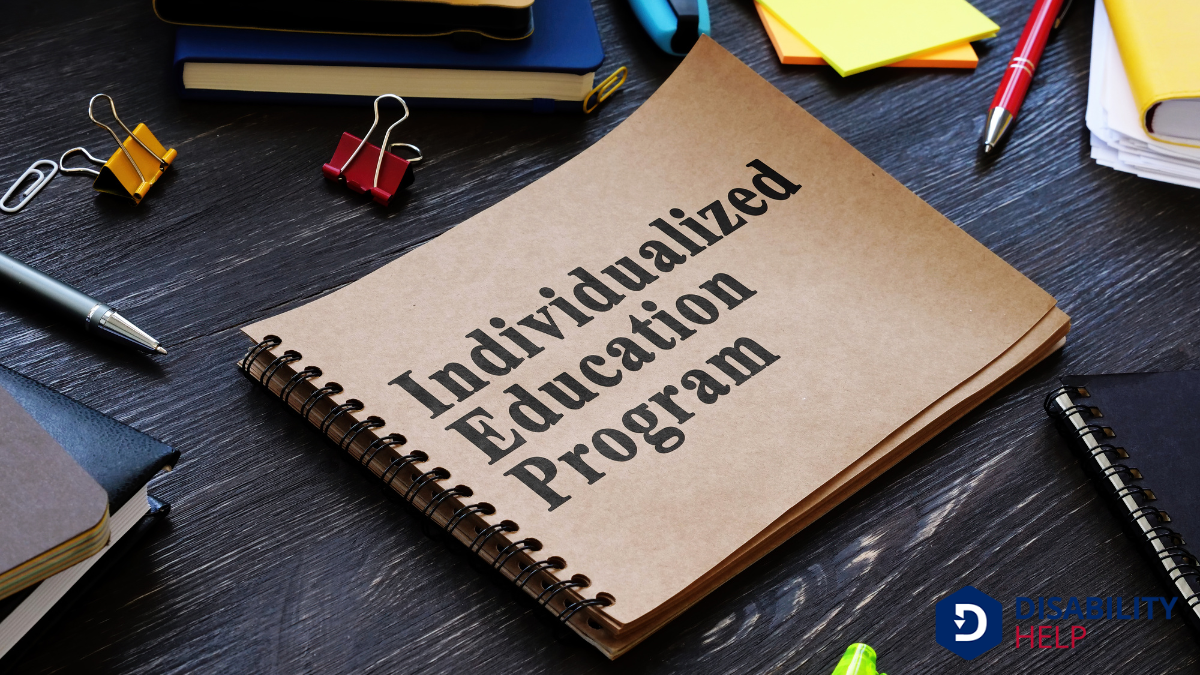An IEP, or Individualized Education Program, doesn't qualify as a disability; instead, it's a customized plan specifically designed to support students who need tailored educational accommodationsModifications or adjustments in healthcare settings to support patients with disabilities.. While a legal disability involves significant physical or mental limitations, an IEP focuses on meeting individual educational needs. We often find confusion around this, but understanding the true nature of IEPs can reveal their valuable role in fostering student success. Discover more about how IEPs make a difference.
Key Takeaways
- An IEP is an educational plan, not a disability itself.
- IEPs address diverse needs, including academic and social challenges.
- Having an IEP doesn't automatically mean having a legal disability.
- IEPs are developed based on unique student needs, not disability status.
- Disabilities are defined by laws like IDEA and ADA, separate from IEPs.
Understanding the Purpose of an IEP
An Individualized Education Program (IEP)A plan developed for U.S. students with disabilities to ensure they receive tailored educational ser... serves as a tailored roadmap for supporting students with disabilities in their educational journey. It's designed to help us meet each student's unique needs and guide their learning experience.
By working closely with educators, parents, and specialists, we guarantee that the student gets the necessary support and resources to thrive academically and socially.
The IEP outlines specific goals, strategies, and accommodations. It addresses areas like academic performance, communication, and social skills.
We focus on the student's strengths and challenges, aiming to create a supportive and inclusive environment. Our role is to collaborate effectively, continually assess progress, and adjust the plan as needed.
This proactive approach empowers us to nurture each student's potential and foster their growth.
Legal Definition of a Disability

When defining a disability legally, we must consider the specific criteria outlined by laws such as the Individuals with Disabilities Education Act (IDEA) and the Americans with Disabilities Act (ADA)A U.S. law that prohibits discrimination against individuals with disabilities in all areas of publi....
These laws guide us to understand that a disability is a physical or mental impairmentA loss or abnormality of a body structure or function, whether physical, mental, or sensory, often a... that substantially limits one or more major life activities. IDEA focuses specifically on educational needs, ensuring students receive appropriate services.
Meanwhile, the ADA takes a broader approach, covering various aspects of public life, including employment and accessibilityThe design of products, devices, services, or environments to be usable by people with disabilities.....
Let's not overlook that these definitions aim to protect and support individuals by acknowledging their unique challenges.
It's essential to remember that having an IEP doesn't automatically mean a person has a legal disability. Each case is unique and assessed based on specific criteria.
How IEPS Supports Students With Disabilities
When we consider how IEPs support students with disabilities, it's clear that tailored learning strategies play an essential role in meeting each student's unique needs.
Through accommodations and modifications, we can guarantee that these students have equitable access to education.
Let's explore how IEPs provide the necessary tools and support for their academic success.
Tailored Learning Strategies
To truly support students with disabilities, tailored learning strategies through Individualized Education Programs (IEPs) play an essential role. We recognize that each student is unique, with specific strengths and challenges. By customizing educational approaches, IEPs help us meet individual needs effectively. They guide teachers in designing lessons that align with a student's learning style, ensuring they grasp concepts at their own pace.
In our pursuit of inclusivity, we collaborate with educators, parents, and specialists to craft strategies that foster growth and confidence. This personalized approach encourages students to engage with materials, participate actively, and develop essential skills.
Accommodations and Modifications
Accommodations and modifications are vital components of IEPs, ensuring that students with disabilities receive the support they need to succeed. We frequently wonder how these adjustments make a difference.
Simply put, accommodations change how a student learns the material, while modifications alter what a student is expected to learn. For example, an accommodationAdjustments or modifications provided to individuals with disabilities to ensure equal access and pa... might allow extra time on tests, while a modification could involve changing the complexity of assignments.
We acknowledge that every student's needs are unique, and the IEP team collaborates to tailor these supports. By doing so, we're fostering an inclusive environment where students can thrive.
It's essential that we comprehend these terms, as they help us create opportunities for students to achieve their fullest potential, respecting their individual learning paths.
The Role of Assessments in IEP Development
When we're developing an IEP, accurate assessments are essential because they form the foundation for understanding a student's needs.
These evaluations help us set realistic and meaningful goals that align with the student's current abilities.
Importance of Accurate Evaluations
Although we often think of evaluations as mere formalities, they're critical in developing an effective Individualized Education Program (IEP).
Accurate assessments guarantee that we comprehend a student's unique needs, strengths, and challenges. They guide us in creating a tailored plan that truly supports the student's educational journey.
Consider these essential elements in the evaluation process:
- Comprehensive Approach: Gathering data from various sources offers a complete picture of the student's abilities.
- Objective Measurements: Utilizing standardized tests provides a reliable baseline for progress assessment.
- Collaborative Input: Engaging teachers, parents, and specialists fosters a well-rounded perspective.
Aligning Goals With Assessments
Accurate evaluations lay the groundwork for aligning goals with assessments in IEP development.
We must guarantee that each goal we set is measurable and tied directly to the student's unique needs. This approach helps us track progress effectively and make necessary adjustments.
Assessments are essential because they provide data that shape these goals. They guide us in understanding where a student is and where they need to go.
Common Misconceptions About IEPs and Disabilities

Why do so many people misunderstand Individualized Education Programs (IEPs) and disabilities? We often encounter confusion because people assume that having an IEP automatically means a student has a disability. Let's clarify some common misconceptions.
- IEPs aren't a disability. They're customized educational plans designed to meet a student's unique learning needs within the educational system.
- Not all students with an IEP have the same challenges. Each IEP is tailored, addressing specific strengths and areas for growth.
- IEPs serve diverse needs. They assist students with various needs, whether academic, behavioral, or social, ensuring equitable access to education.
Differences Between IEPs and 504 Plans
When distinguishing between IEPs and 504 Plans, it's vital to understand their distinct purposes and criteria.
IEPs, or Individualized Education Programs, are designed for students who qualify under the Individuals with Disabilities Education Act (IDEA). They provide specialized instruction tailored to meet unique educational needs. To qualify, a student must have one of the specific disabilities listed in IDEA and need special education servicesEducational programs and services designed to meet the needs of students with disabilities..
On the other hand, 504 Plans fall under the Rehabilitation Act of 1973A U.S. law that prohibits discrimination based on disability in federal programs and services, inclu.... They guarantee students with disabilities can access the same education as their peers by providing accommodations.
These plans don't require specialized instruction but focus on removing barriers within the general education setting. Both are essential tools, but they serve different needs and requirements.
Benefits of an IEP for Students and Educators
While understanding the distinctions between IEPs and 504 Plans, it's also important to recognize the unique benefits an IEP provides for both students and educators.
IEPs offer a tailored educational experience, ensuring students with disabilities receive the support they need. As we explore these benefits, we see how IEPs enhance the learning environment:
- Individualized Support: Students have access to resources and teaching methods specifically designed for their needs.
- Collaborative Approach: Teachers, parents, and specialists work together, ensuring that everyone is aligned in supporting the student's growth.
- Goal-oriented: IEPs establish clear, measurable objectives, fostering a sense of achievement as students progress.
With these benefits, we create an inclusive educational setting where every student can thrive, and educators feel empowered to make a difference.
The Process of Obtaining an IEP

How do we navigate the process of obtaining an Individualized Education Program (IEP)?
First, we identify a child's unique learning needs. We talk to teachers, counselors, or doctors who can recommend assessments.
After that, we request an evaluation from the school, which includes academic and psychological testingAssessments used to evaluate mental health, cognitive function, and emotional well-being.. We guarantee the evaluation addresses specific challenges and strengths.
Once the evaluation is complete, we meet with the school team to discuss the results. If the child qualifies, we collaboratively develop an IEP tailored to their needs. This plan includes goals, accommodations, and services.
Finally, we regularly review and update the IEP to adaptA grassroots disability rights organization in the U.S. that focuses on promoting community-based se... to any changes in the child's progress. By staying proactive and engaged, we support the child's educational journey effectively.
Conclusion
In understanding IEPs, it's essential to remember they're tools designed to support students with disabilities, not definitions of disability themselves. We should focus on how these plans tailor education to meet individual needs, ensuring every student has the opportunity to succeed. Let's not confuse an IEP with the legal definition of a disability. Instead, let's appreciate how IEPs empower students and educators alike, fostering a more inclusive learning environment for everyone.






